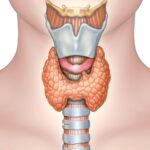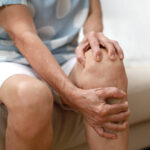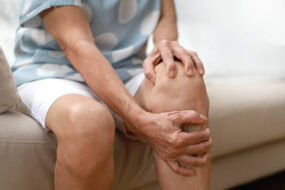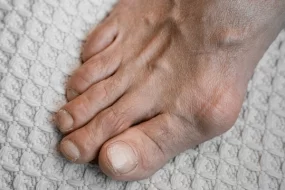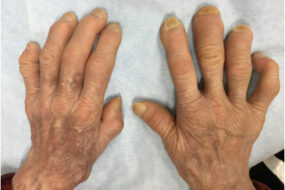- Home
- INTERNAL MEDICINE
- Clostridium Difficile Infectio ...
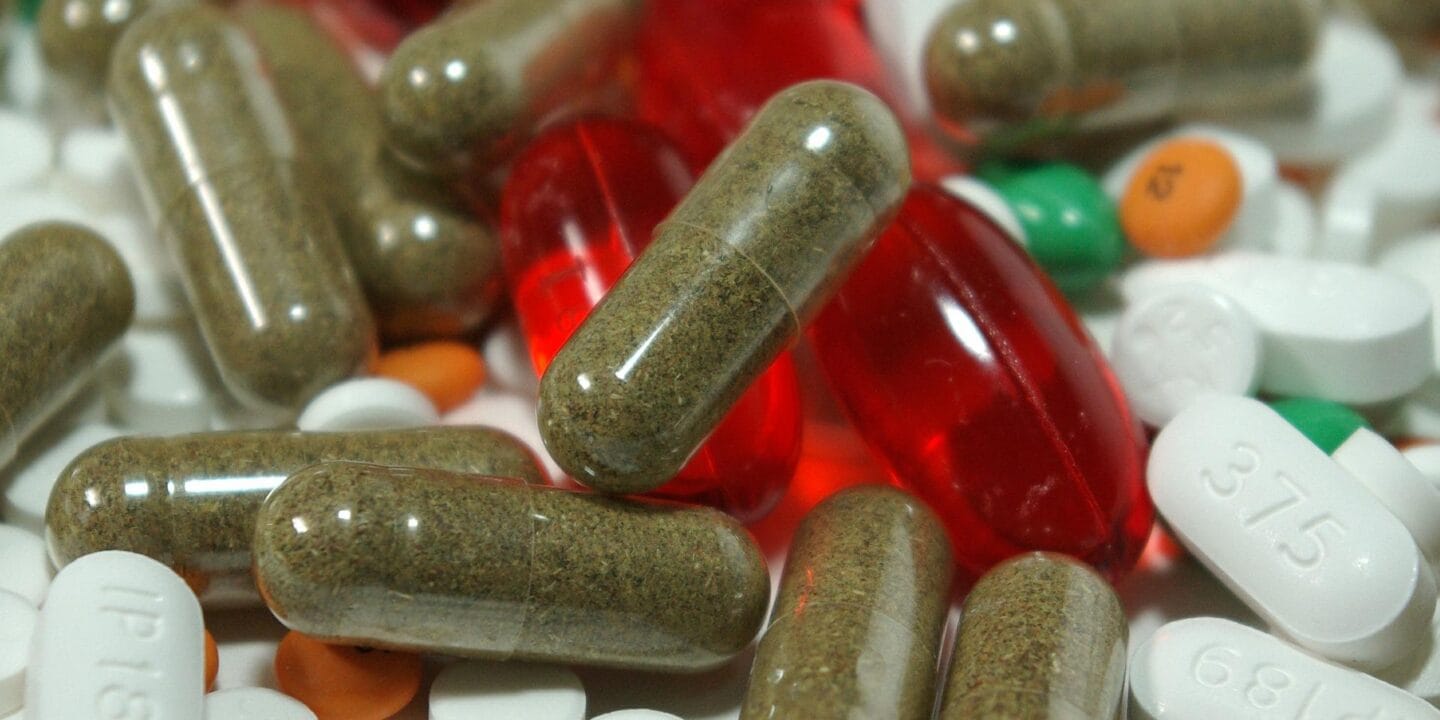
Clostridium difficile is a spore-forming, toxin-producing gram-positive anaerobe. Colonizes the human intestinal tract after gut flora has been disrupted. Usually follows antibiotic therapy. Produces two toxins – A and B.
Implicated antibiotics;
Risk factors for Clostridium difficile
- Age>65
- Immunosuppression
- Comorbidities
Clinical Presentation
1. Non-severe disease
- Watery diarrhea, lower abdominal pain, fever, nausea, anorexia
- Abdominal tenderness on examination
- Symptoms start in the first week of antibiotics till any time up to 6 weeks after treatment
2. Severe disease
- Diarrhea, diffuse abdominal pain, distention, fever, hypovolemia
- Laboratory markers; acidosis, leukocytosis, hypoalbuminemia, raised creatinine
3. Fulminant colitis; hypotension or shock, ileitis, megacolon.
Investigations
- Stool culture – identifies the organism
- Enzyme immunoassay – for toxins A and B
- Cell culture cytotoxic assay
- Complete blood count – Leucocytosis
- Urea, creatinine, and electrolytes- raised creatinine.
- LFT – low albumin
- Endoscopy- mucosa visualization
- CT scan or erect abdominal Xray – perforation, toxic megacolon
- Screening; PCR and enzyme immunoassay for glutamate dehydrogenase
Management
- Stop precipitating antibiotics and isolate the patient
- Supportive – IV fluids and bowel rest
- Antimicrobials;
- Metronidazole 500mg PO tds for 10 days
- Vancomycin 125mg PO Qid for 7 to 10 days
- Alternative; fidaxomicin
- IV immunoglobulin or glucocorticoids for severe or refractory disease
- Faecal transplant
- Surgical – for severe disease
Differential diagnosis
- Acute abdomen
- Infectious diarrhoea
- Irritable bowel syndrome
- Inflammatory bowel disease
- Celiac disease


